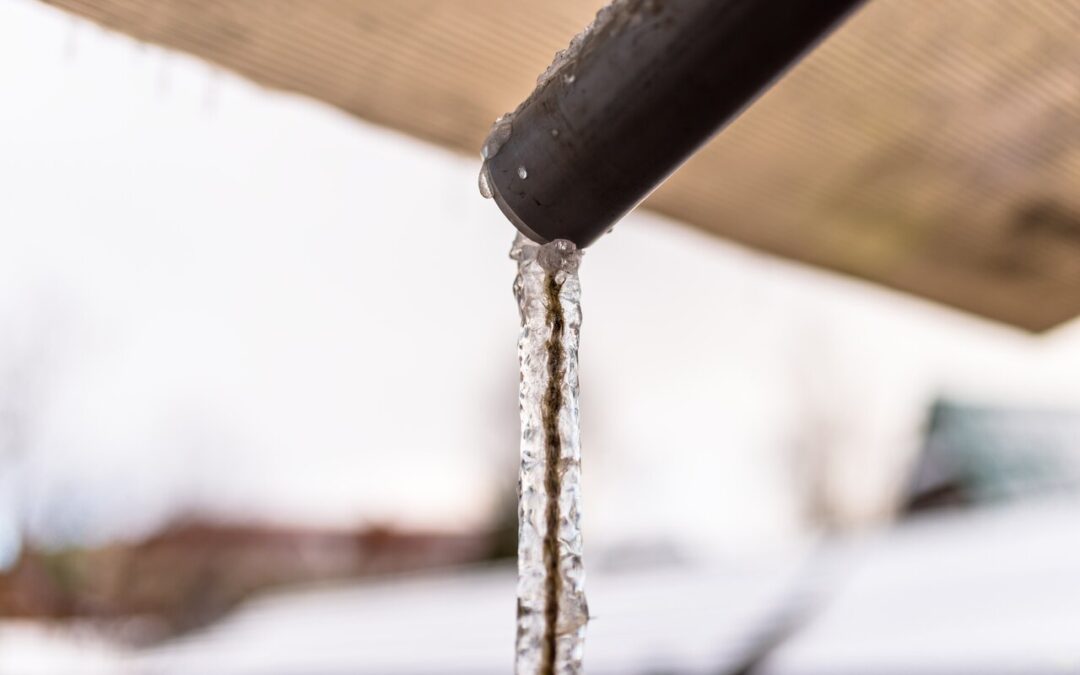Winter weather can bring many challenges for homeowners, including the risk of frozen pipes. When water inside your pipes freezes, it expands, putting pressure on the pipes and sometimes leading to cracks or bursts. These damages can cause costly repairs and significant inconvenience for homeowners.
At Shoreway Plumbing, your trusted Redwood City, CA plumbing experts, we are committed to helping homeowners maintain their plumbing systems and prevent avoidable issues like frozen pipes. This article will provide useful tips and advice on detecting and preventing frozen pipes in your home to keep your plumbing system functioning smoothly throughout the colder months.
As a homeowner, understanding your plumbing system and the risk factors associated with frozen pipes is critical to knowing when and how to take action. Identifying potential issues early can help you prevent significant damage and minimize repair costs.
By exploring each of these areas, we aim to equip you with the knowledge and tools needed to detect and prevent frozen pipes in your home confidently. As the winter months approach, being proactive about your plumbing system’s maintenance can save you from costly repairs and ensure your home is prepared for the cold weather ahead.
Recognizing the Early Signs of Frozen Pipes
Detecting frozen pipes can be challenging, as the issue is often hidden behind walls or other parts of your home. However, there are some early signs that can help you identify a potential problem:
- Unusually low water pressure: A significant drop in water pressure could indicate that water flow is blocked because of ice within the pipe.
- Frost on exposed pipes: If you can visibly see frost on the outer surface of your pipes, especially in unheated areas, there is a high likelihood that they have frozen.
- Strange noises: If you hear unusual clanking or whistling sounds when turning on faucets, it may be a sign of frozen pipes.
- Persistent cold temperatures: Prolonged exposure to below-freezing temperatures can put your home’s plumbing system at higher risk for freezing.
Identifying At-Risk Areas in Your Home
Some areas of your home are more susceptible to frozen pipes than others. To effectively safeguard your plumbing system, it is vital to know which parts of your home are at increased risk:
- Unheated spaces: Garages, crawl spaces, and attics often have exposed pipes that are more susceptible to freezing due to insufficient insulation and lack of heat.
- Exterior walls: Pipes located along the interior of exterior walls are at a higher risk for freezing, especially if they are not adequately insulated.
- Under sinks: Kitchen and bathroom sinks often have pipes located in cabinets, away from heated living spaces, which can be more susceptible to freezing temperatures.
Effective Prevention Measures for Frozen Pipes
To prevent frozen pipes in your home, consider implementing these preventive measures:
- Insulate your pipes: Install pipe insulation, foam wrap, or heat tape on exposed pipes in unheated spaces and those located along exterior walls.
- Circulate warm air: Keep the doors of cabinets containing pipes open, allowing warm air to circulate around them, especially during cold snaps.
- Maintain consistent thermostat settings: Set your thermostat to the same temperature during both day and night, ensuring a constant heat source within your home.
- Seal drafts: Identify any areas where cold air may be entering your home, such as gaps around windows, doors, or vents, and use weatherstripping or caulking to seal them.
Emergency Steps to Take in Case of a Frozen Pipe
If you discover a frozen pipe, taking immediate action can help minimize damage and potential expenses:
- Turn off the water supply: Close the main shutoff valve to prevent further water flow and potential flooding if the frozen pipe bursts.
- Apply heat: Use a hairdryer or a heating pad to slowly and carefully thaw the frozen pipe. Never use an open flame or an extreme heat source, as this can cause further damage.
- Open faucets: As the ice begins to melt, allow a steady trickle of water to flow through your faucets, which will help to speed up the thawing process and prevent additional freezing.
- Seek professional help: If you are unable to locate or access the frozen pipe, or if the problem persists, contact a professional plumber for assistance.
The Importance of Seeking Professional Help for Frozen Pipe Issues
Even with diligent prevention measures, frozen pipes can still occur. In these situations, it is crucial to seek professional help to ensure the issue is resolved quickly and effectively. An experienced plumber can locate and repair or replace damaged pipes and provide guidance on further prevention strategies for your specific situation.
Final Thoughts
Detecting and preventing frozen pipes is a crucial aspect of winter home maintenance. By understanding the early signs, identifying at-risk areas, and implementing effective prevention measures, you can safeguard your home’s plumbing system and minimize the risk of costly repairs. Should you encounter a frozen pipe, rely on the expertise of a trusted plumbing professional to resolve the issue quickly and efficiently.
If you suspect a frozen pipe in your home or require assistance with your plumbing system’s winter maintenance, turn to the experts at Shoreway Plumbing in Redwood City, CA. Visit our website for more information on our local plumbing services or to schedule an appointment with one of our experienced technicians.


